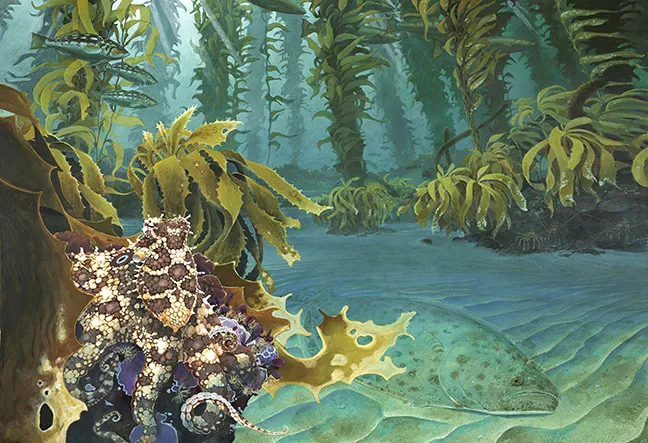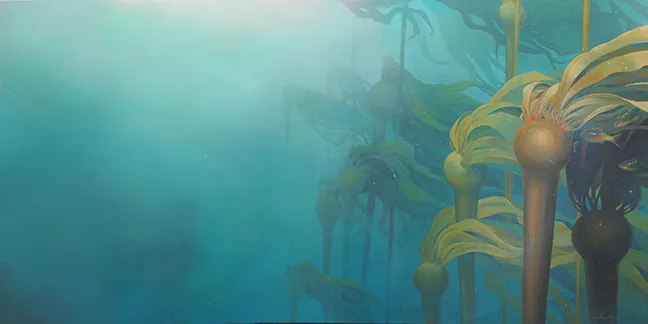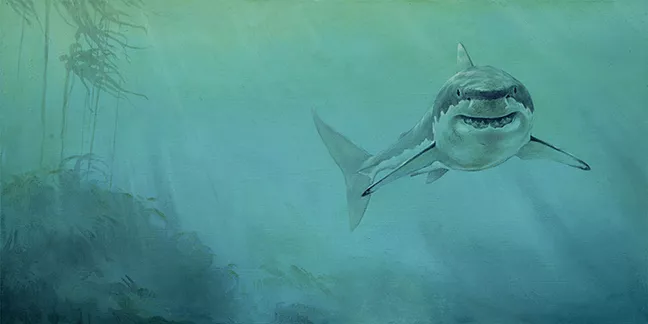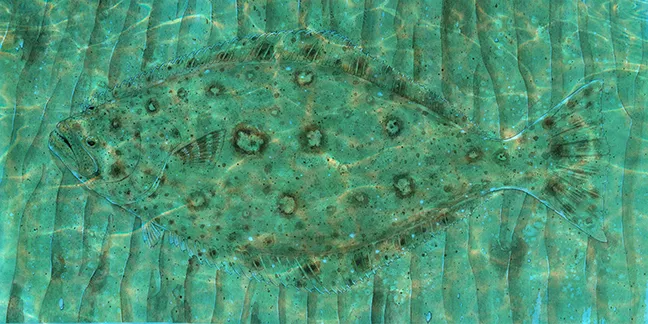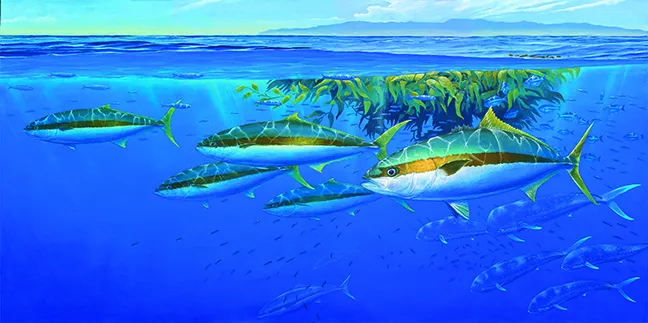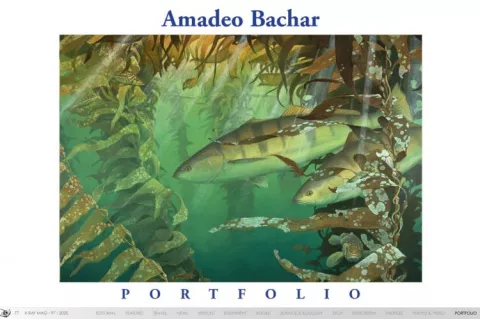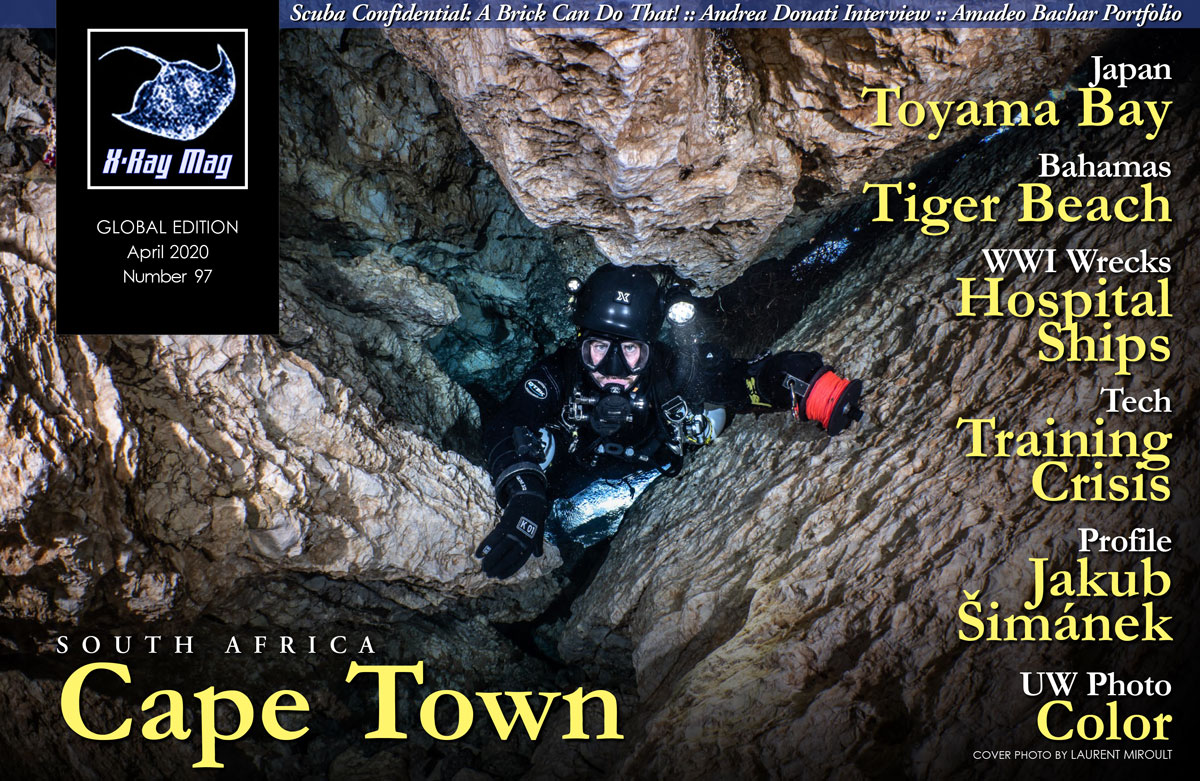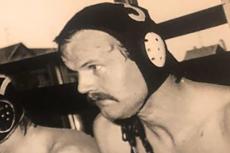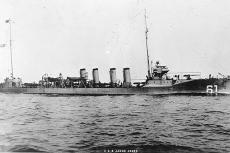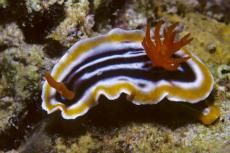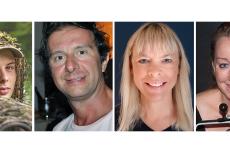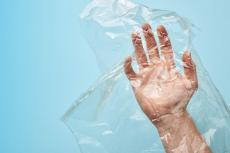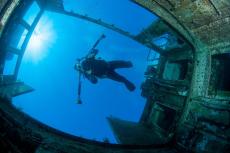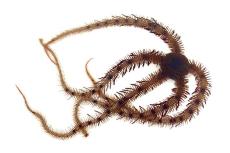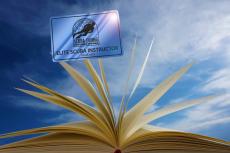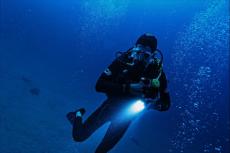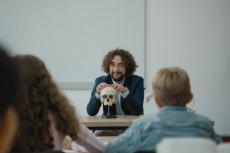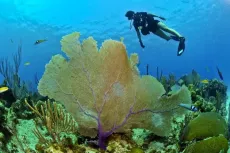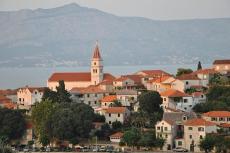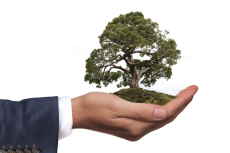
California artist Amadeo Bachar holds degrees in both marine biology and science illustration and has published work with National Geographic, United Nations, Scientific American, the US National Oceanic and Atmospheric Administration (NOAA) and the US Geological Survey (USGS), among others. X-Ray Mag interviewed the artist to learn more about his artwork and his passion for the marine environment.
Contributed by
"Diving is the best way to help people understand what that environment is like. So, divers should take pride in sharing and educating people about their experiences underwater. Keep people aware."
— Amadeo Bachar
X-RAY MAG: Tell us about yourself, your background, and how you became an artist.
AB: I have been making artwork since I was young—maybe really into it by the age of 11, but I remember always enjoying drawing and being creative. My pursuit of art and illustration took a windy road. I began pursuing an art degree at a junior college. Midway through that, I took a physiological psychology course that dealt with a lot of human anatomy. It was a wonderful class and I really took to it—probably the only “A” I got in college until then. Because of that, I decided to switch courses and changed my area of focus to marine biology. I wanted to study some sort of science, but also wanted to keep close to the ocean, which I was always near, growing up.
While attending the University of California at Santa Cruz, I stumbled across a book of entomological illustrations by a French illustrator named Bernard Durin. They were absolutely mind-blowing, and I could not help but be infatuated by them.
Around the same time, I found out about a scientific illustration program at the same university. I was thrilled. It was a world-renowned program and it was in my backyard. I was accepted into the program and completed a year of intense classes focused on science and natural history illustration.
From there, I went on to an internship and worked with National Geographic Magazine. At that point, I felt like my illustrations and art were given legitimacy and reason. I felt I belonged. Because of this, I pursued a freelance illustration career, focusing on scientific subjects.
X-RAY MAG: Why marine life and underwater themes? How did you come to these themes and how did you develop your style of painting?
AB: I can divide my career as an illustrator into three chapters up to this point. The first chapter was heavily focused on scientific illustration. The second chapter began when I got a project painting all the important saltwater fish off the California coast. It was so refreshing to work with marine critters again and I realized that I wanted to focus on this subset of the field. I started building my library of fish illustrations as well as selling reproductions and originals at the fishing shows up and down the California coast.
At the moment, I am in the midst of a third chapter. I am really trying to integrate my background in scientific illustration into a more focused fine art world where creating originals and large bodies of works in which telling more detailed stories about ecosystems and the supporting characters is the focus. The style, theme and composition are all heavily rooted in scientific accuracy while absorbing influences from some of my favorite painters—Winslow Homer, Georgia Okeeffe and Stanely Meltzoff, to name a few.
X-RAY MAG: What is your artistic method or creative process?
AB: I use many different media for finished illustrations. For fish identification images, I use watercolor or oil. For large scenes, I use mostly oil and occasionally acrylic. For more published work, I will work digitally. Even within each finished project, I use a series of media. For example, for a fish identification image, I start with many photo references of that fish taken as soon after it has been caught as possible. This helps maintain the integrity of the colors as they fade soon after death.
From these photos, I will make a digital drawing in Adobe Illustrator. This software program helps me keep smooth curves as well as work out the repetitive elements like fin rays and scales in a more mathematical approach. From there, I will print that file out at size and transfer it to a piece of watercolor paper.
Once the transfer is down, I will go over the rough lines, sharpen them up and add all the details needed so that there is no guessing while painting. Since these are mostly watercolor, I begin with light washes of the purest colors, then build up layers from there. I usually incorporate some graphite along the way and finish highlights and spot colors with gouache.
X-RAY MAG: What is your relationship to the underwater world and coral reefs? How have your experiences underwater influenced your art? In your relationship with reefs and the sea, where have you had your favorite experiences?
AB: As long as I can remember, I grew up surfing and fishing. I took on freediving and spearfishing after high school. I did a bit of scuba diving, but I did not like all the gear you had to wear, and I felt that freediving was a much more peaceful and natural way to be part of the underwater environment.
Because of this lifetime in the water, there is no doubt that this environment has influenced my work—not only for subject matter, but for scale, perspective, atmosphere and color, which are all so much different underwater than above the water; therefore, I think those are the biggest subconscious influences.
My interactions with underwater life come mostly through freedive spearfishing and surfing. While surfing, you only see a thin ribbon, but when you dip your head underwater, there is so much more. I think you have a special view when spearfishing, because you are always alert, and you are most likely putting yourself in part of the marine ecosystem that has the most action and life. This allows you to see things that many do not get a chance to see.
X-RAY MAG: What are your thoughts on ocean conservation and coral reef management and how does your artwork relate to these issues? What can divers do to help?
AB: We must have a conscious role in conservation—all of us, at all levels. Obviously, I am a hunter and a diver, so I identify as a consumptive conservationist. When I think of the coral reefs, I am not so specifically focused on them, but the larger issue of habitat loss. I think that is the key issue. It has been proven over and over, when there is habitat for critters and reasonable regulations for take, they will take hold and proliferate.
Diving is the best way to help people understand what that environment is like. So, divers should take pride in sharing and educating people about their experiences underwater. Keep people aware.
Obviously, with coral reefs, this is not too difficult as they are beautiful and full of life and color. So, when we see a bleached-out reef, it is shocking and causes us to consider its immediate impact as well as what it entails down the road.
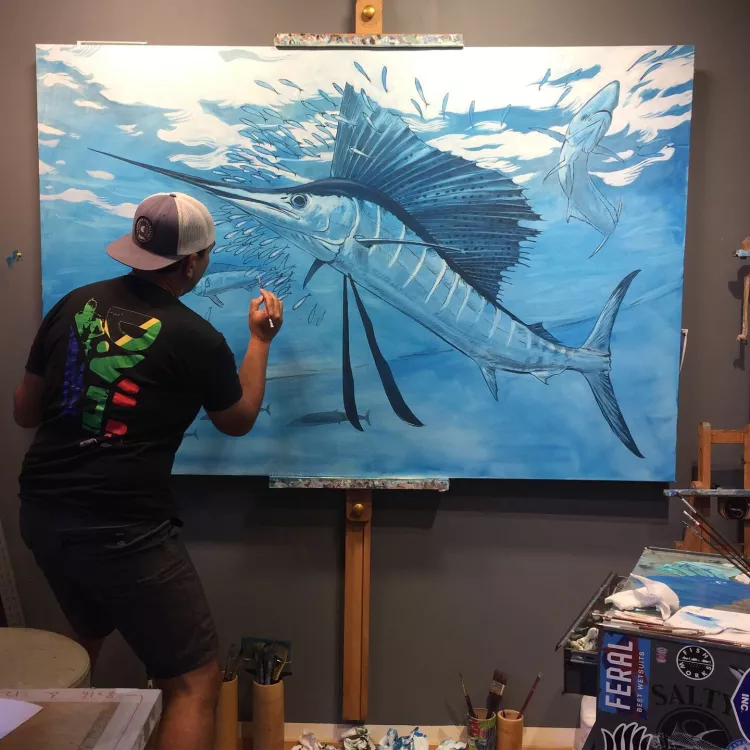
X-RAY MAG: What is the message or experience you want viewers of your artwork to have or understand?
AB: The ecosystem defines the critters in it just as much as the critters make up the ecosystem. What I try to do is include as many players in that system as possible in my scenes, so that there is a more complete portrait of that system.
X-RAY MAG: What are the challenges or benefits of being an artist in the world today? Any thoughts or advice for aspiring artists in ocean arts?
AB: I think they are the same as they have always been: finding a time and place to focus on your art and finding a market for it so that you can continue to do so. My best advice to aspiring artists is to do as much art as you can when you have the time.
Get off the phone, put your head down and do the work. You cannot fake technical skill, and once you are good technically, it is so much easier to expand through different mediums and develop a look and style.
Don’t worry about what others are doing so much. We are overloaded with visuals from talented artists via social platforms. Go look at real art in museums, both by masters and by contemporaries.
Observe nature as closely as possible. It has all the answers to every artistic problem. You just need to find the pathway there.
X-RAY MAG: How do people—adults and children—respond to your works?
AB: From adults, I usually get some sort of fish story, but most of their responses tend to be complimenting the attention to detail that I try to achieve. They mostly appreciate that the fish I paint actually look like the fish and not a cartoon representation. For kids, it is mostly the amount of species that I have done. They really love all the different kinds of fish and the way they look. Most of the time, kids know more about the fish I have hanging up at a show than the parents do.
X-RAY MAG: What are your upcoming projects, art courses or events?
AB: At the moment, I am finishing up an underwater scene of a vermilion rockfish swimming over an understory kelp forest, and I just started a large sailfish and dorado painting. The science illustration program in which I teach starts at the end of September. I am showing my work at a few trade shows at the beginning of 2020 in southern California.
X-RAY MAG: Is there anything else you would like to tell our readers about yourself and your artwork?
AB: Thank you. I could not do this for a living if it was not for the people out there who are passionate about diving, fishing and the marine environment. This is what drives me to paint. ■
For more information or to order artwork and prints, please visit the artist’s website at: studio-abachar.myshopify.com.
